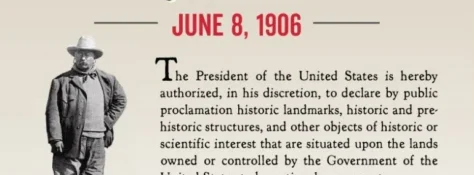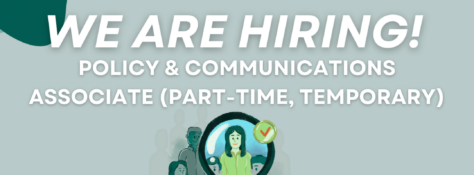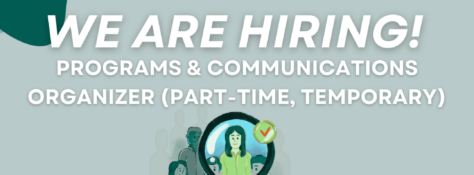The Antiquities Act protects public lands and iconic monuments for the benefit of Americans and the environment, fostering economic and environmental prosperity in their surrounding areas.
Learn MoreLast week, the New Yorkers for Clean Air coalition, alongside legislators and community advocates, gathered in Albany to demand immediate action from Governor Kathy Hochul on the overdue cap-and-invest rules.
Learn MoreNYLCV is seeking a Policy & Communications Associate to support legislative and advocacy efforts.
Learn MoreNYLCV is seeking a dedicated Programs & Communications Organizer to assist with community outreach and advocacy efforts. This part-time, temporary role will support programs related to offshore wind, clean water, and voter engagement.
Learn MoreThe New York League of Conservation Voters and NYLCV Education Fund (NYLCV/EF) released their 2025 New York City Policy Agenda today. The agenda comes in advance of the League’s 2025 non-partisan Mayoral Forum on the Environment, which will be held on March 6 at NYU Skirball theater.
Learn MoreReporting to the Deputy Director of Politics, the NYLCV Long Island Political Manager will play a critical role in the organization for the 2025 political cycle.
Learn MoreHow can parks improve the lives of city residents? A surprisingly large body of research provides answers. Does investing in parks improve residents' lives? Does it cause people to walk more, reduce stress, and improve fitness? Does it improve air quality, thereby reducing the risk of respiratory disease? Are people happier in a visually green environment? Do improved parks improve residents’ sense of community and belongingness? Do green spaces decrease the incidence of crime? Do green spaces increase property values? Or is it all of the above?
Learn MoreAs we enter a new year and new era in Washington, NYLCV is committed to an aggressive 2025 federal agenda that highlights clean energy, clean water, land conservation, climate-smart agriculture, sustainable transportation, and funding for all federal agencies that impact the government’s fight against climate change.
Learn More






